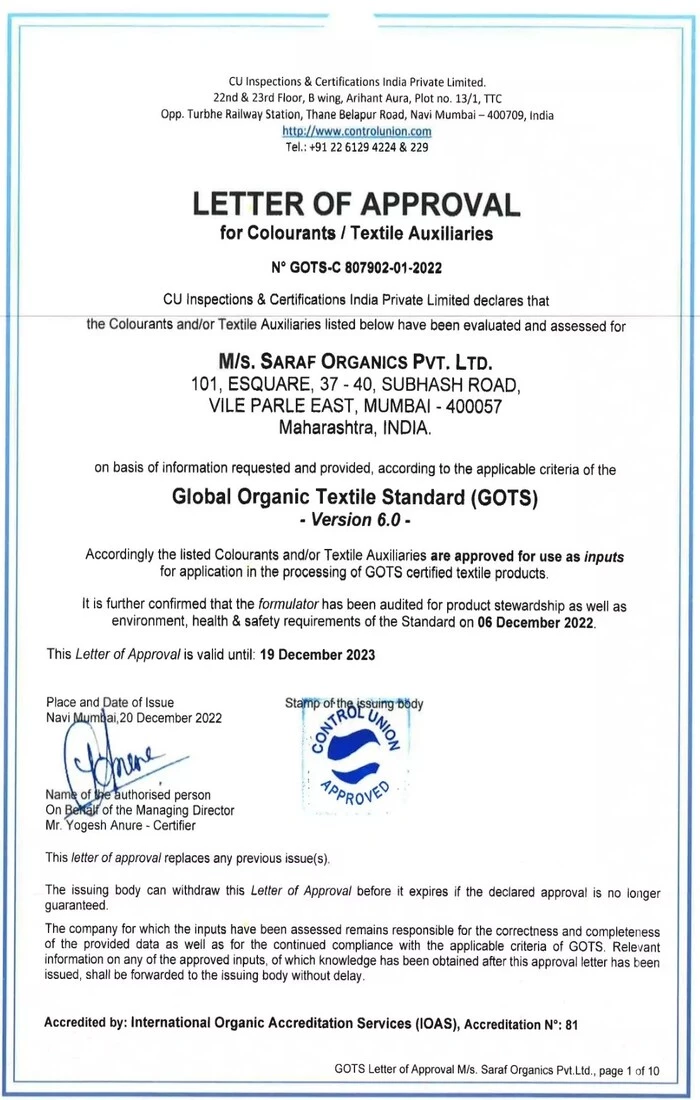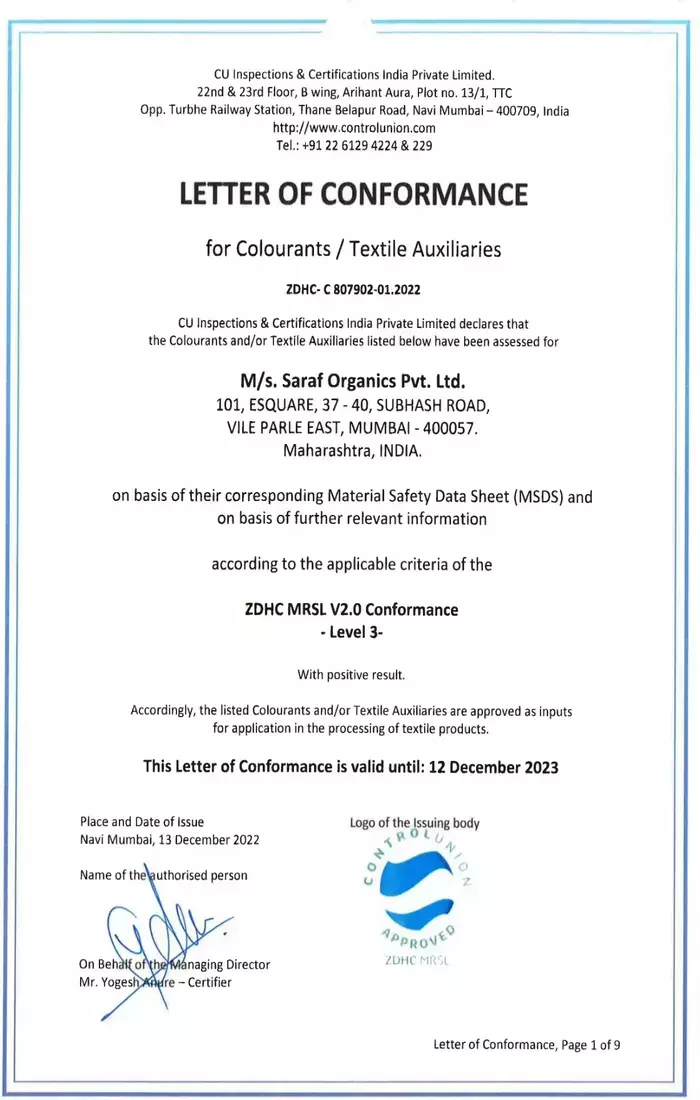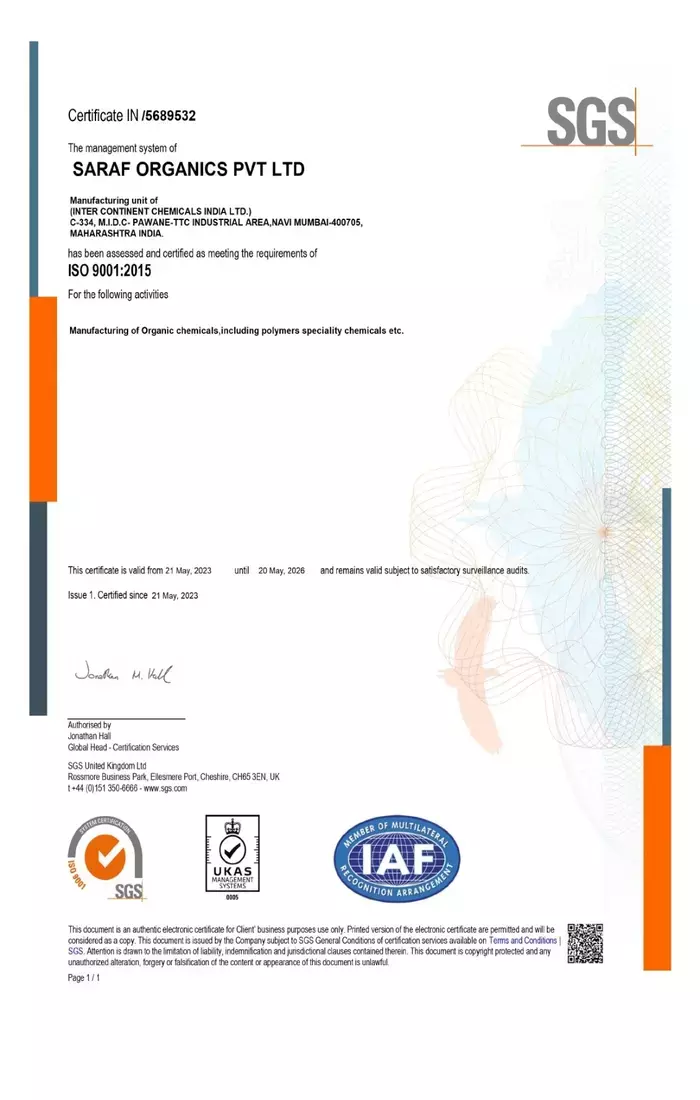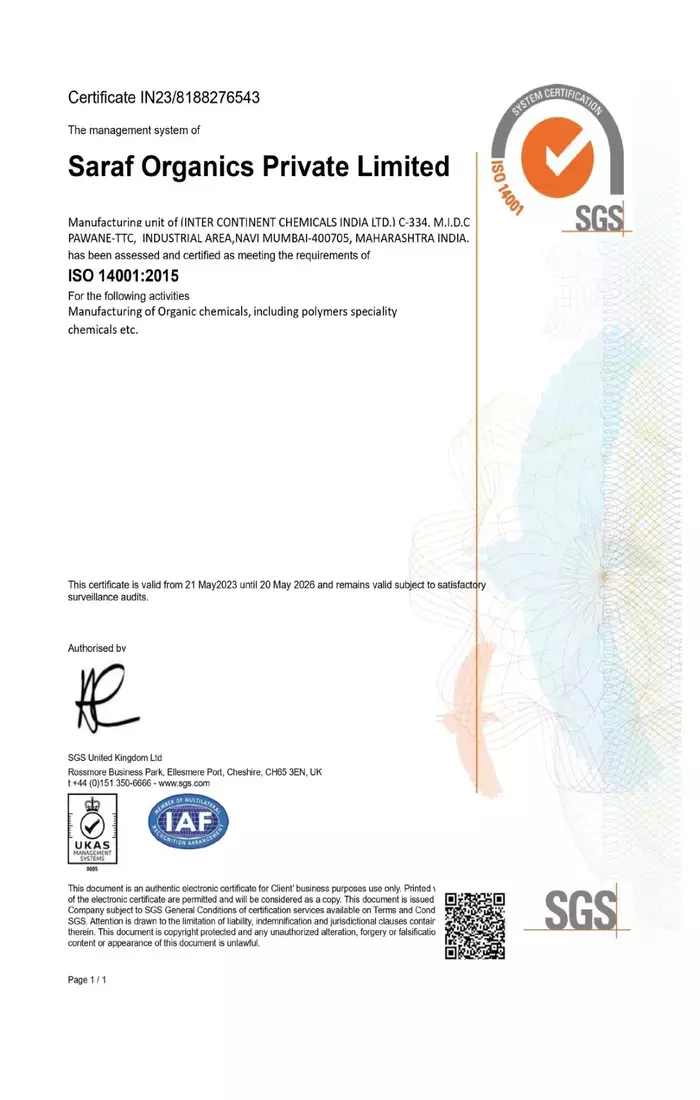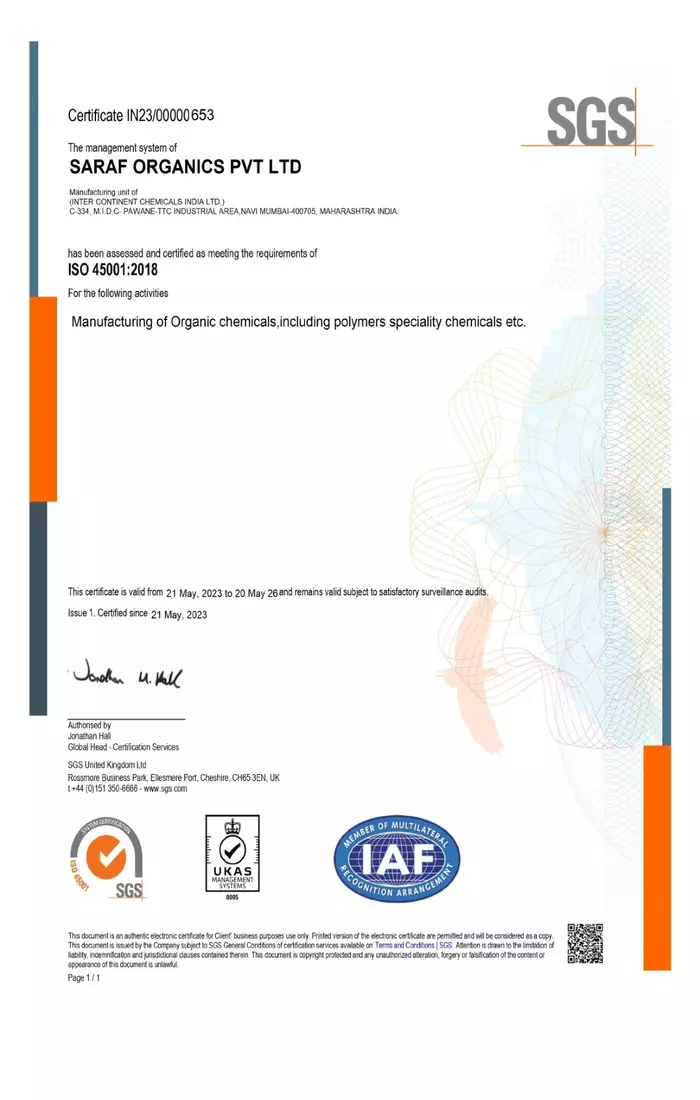
Terry towels Textiles Softeners
Function:
Silicone softeners are commonly used in the textile industry to impart a soft, smooth, and silky feel to terry towels. They enhance the fabric's drapability and reduce friction.
Examples:
Applied during the finishing process, often through padding or exhaust methods.
Function:
Cationic softeners, which are positively charged, are effective on both natural and synthetic fibers commonly found in terry towels. They provide softness and help reduce static electricity.
Examples:
Applied through padding, exhaust, or spraying methods.
Function:
Softeners derived from fatty acids provide a natural, soft feel to terry towels. They can be used alone or in combination with other softening agents.
Examples:
Applied through padding or exhaust methods.
Function:
Hydrophilic softeners improve the moisture absorption properties of terry towels, making them more absorbent and comfortable to use.
Examples:
Applied through padding or exhaust methods.
Function:
Non-ionic softeners are suitable for various fiber types and are effective in reducing fabric stiffness in terry towels.
Examples:
Applied through padding, exhaust, or spraying methods.
Function:
Amino-functional softeners improve the fabric's resilience and provide a soft hand feel, making them suitable for terry towels.
Examples:
Applied through padding or exhaust methods.
Function:
These cationic softeners are effective in reducing fabric stiffness, enhancing surface smoothness, and minimizing static electricity in terry towels.
Examples:
Typically applied through padding or exhaust methods.
Function:
Polyethylene emulsion softeners enhance fabric softness and smoothness, making them suitable for terry towels.
Examples:
Applied through padding or exhaust methods.
Function:
Blending different softeners allows manufacturers to achieve a combination of softness, smoothness, and other desired characteristics in terry towels.
Examples:
Applied through various finishing processes, depending on the specific softening agents used.
Function:
Microencapsulated softeners release softening agents gradually over time, providing a longer-lasting soft feel to terry towels.
Examples:
Applied during finishing, and the microcapsules break open gradually during wear and washing.


